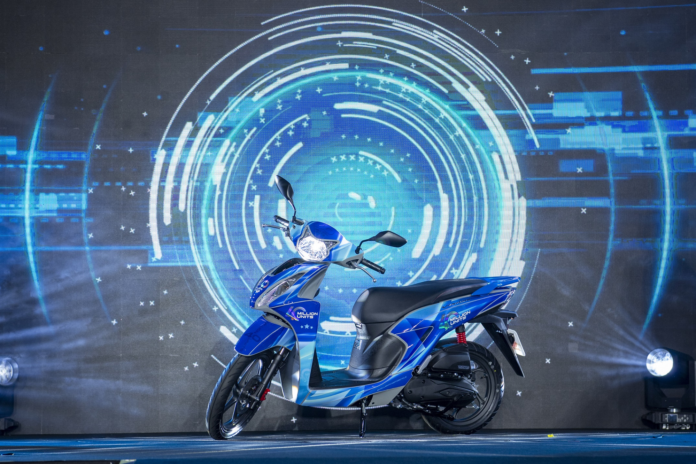Honda, one of the largest motorcycle manufacturers in Vietnam, recently celebrated a significant milestone as the 40-millionth vehicle rolled off their production line in the country. The event was held at their factory in Phuc Yen, Vinh Phuc province, and the commemorative 40-millionth vehicle, a Honda Vision scooter, was driven onto the stage.
The Honda Vision is an extremely popular scooter model in Vietnam. In 2024, it faced a supply shortage, causing retail prices to soar to approximately 60 million VND, double the suggested price by the manufacturer.
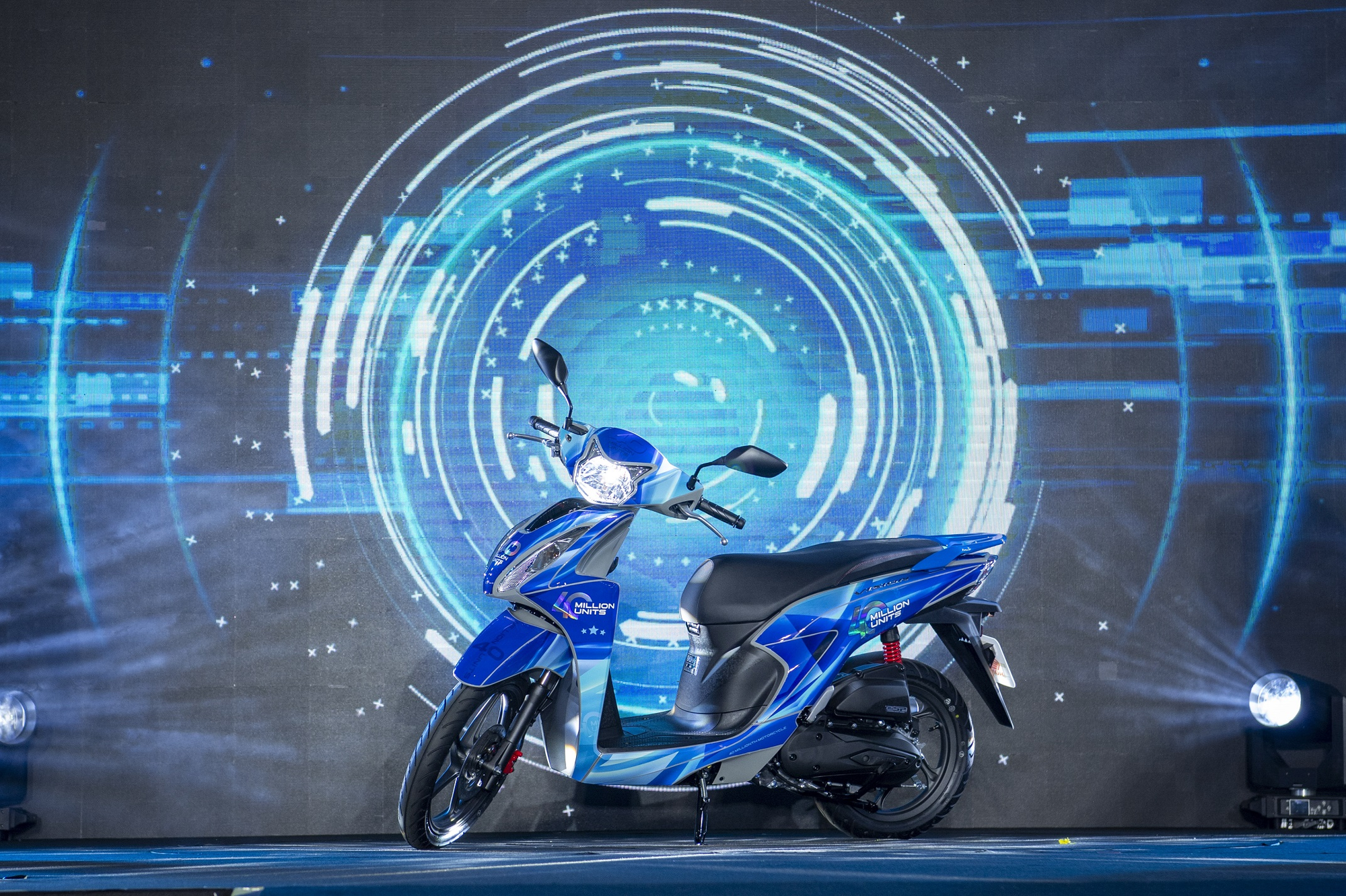
The 40-millionth vehicle produced by Honda Vietnam is the Vision scooter.
This milestone of 40 million vehicles produced underscores Honda’s enduring popularity in a rapidly electrifying transportation landscape. To put this into perspective, according to the “2024 Mid-term Population and Housing Census” as of April 1, 2024, there were 28.1 million households in Vietnam.
A quick calculation reveals that if we were to distribute the total number of Honda vehicles produced in Vietnam among these households, it would amount to nearly 1.5 vehicles per household.
In fact, Honda sold 2.147 million vehicles in 2024, reflecting a 2.8% increase compared to 2023.
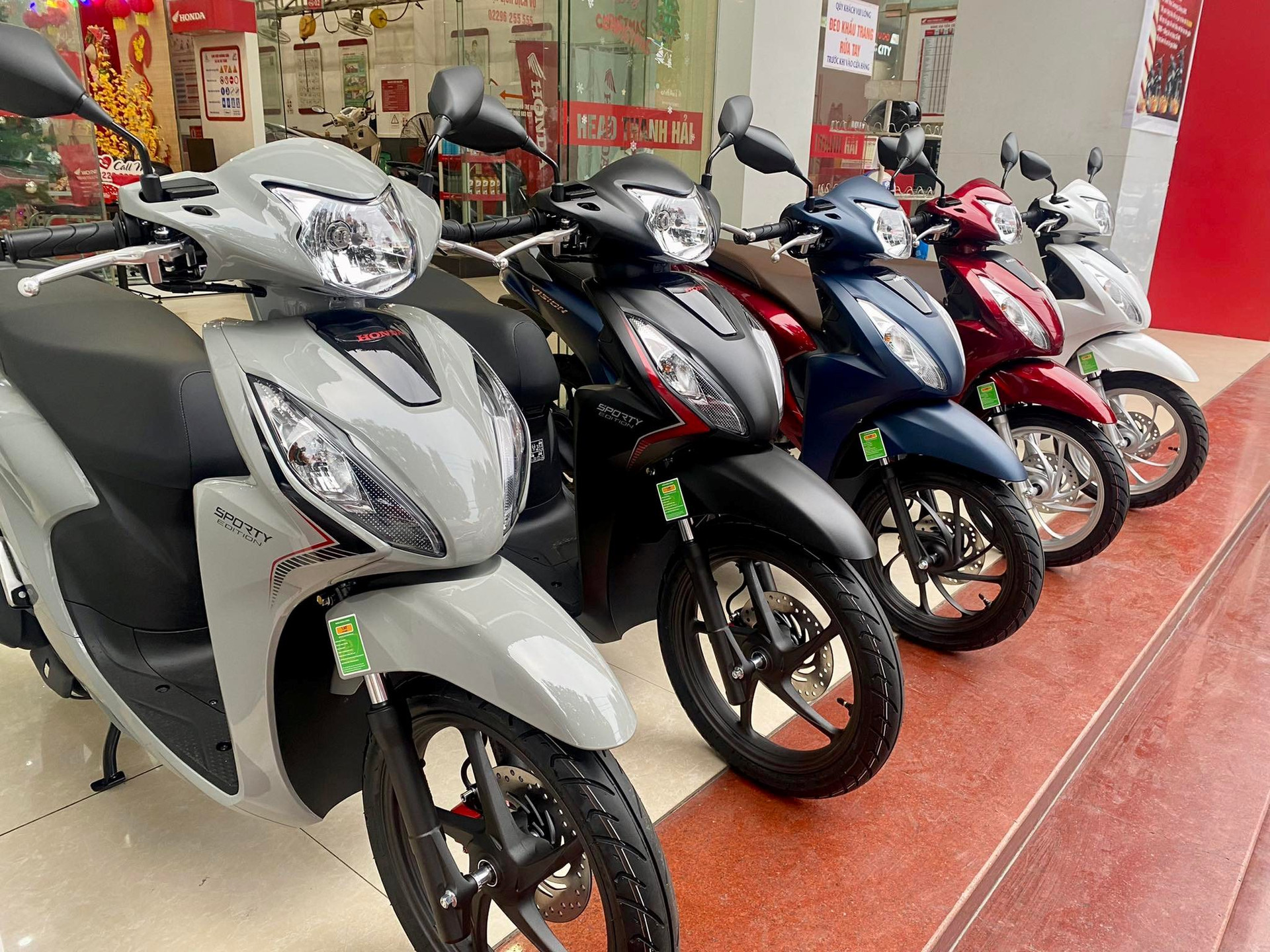
In 2024, Honda Vietnam sold over 2 million motorcycles.
Honda Vietnam, established in 1996, is a joint venture between Honda Motor (Japan), Asian Honda Motor (Thailand), and the Vietnam Engine and Agricultural Machinery Corporation (VEAM). After nearly 30 years, Honda remains the leading two-wheeler brand in Vietnam.
Honda Vietnam’s production is concentrated in three factories. The first facility, inaugurated in March 1998 in Phuc Thang, Vinh Phuc province, has a designed capacity of 500,000 vehicles per year. The second factory, also located in Vinh Phuc, began operations in August 2008 and was swiftly expanded in 2011, boosting maximum output to 1 million vehicles annually.
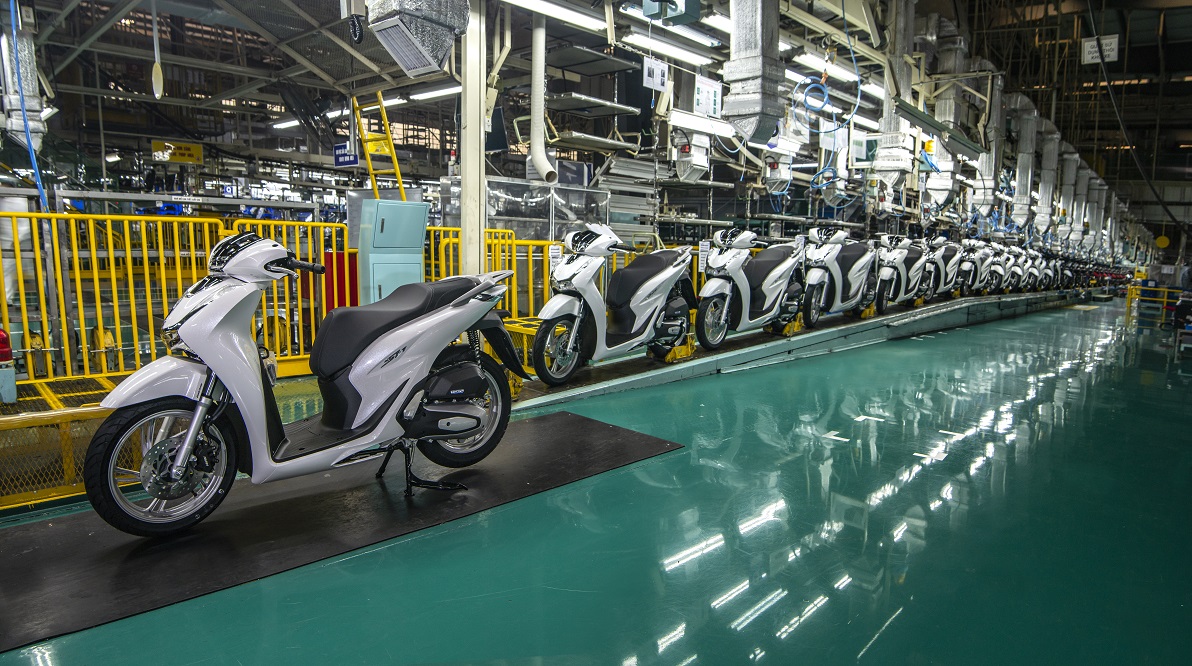
Inside the Honda factory in Vinh Phuc.
The third factory, situated in Dong Van, Ha Nam province, was inaugurated in November 2014, adding another 1 million vehicles to the annual production capacity. It also adopted “green” standards for energy conservation and wastewater management.
Combined, the theoretical capacity reaches approximately 2.5 million motorcycles per year, excluding gear and piston workshops dedicated to manufacturing components with a capacity of millions of products for assembly and export.
The 40-millionth vehicle produced in Vietnam is a testament to Honda’s steady growth since the Dream model hit the roads in the late 1990s. As of May 2025, the localization rate of components has reached approximately 96%.
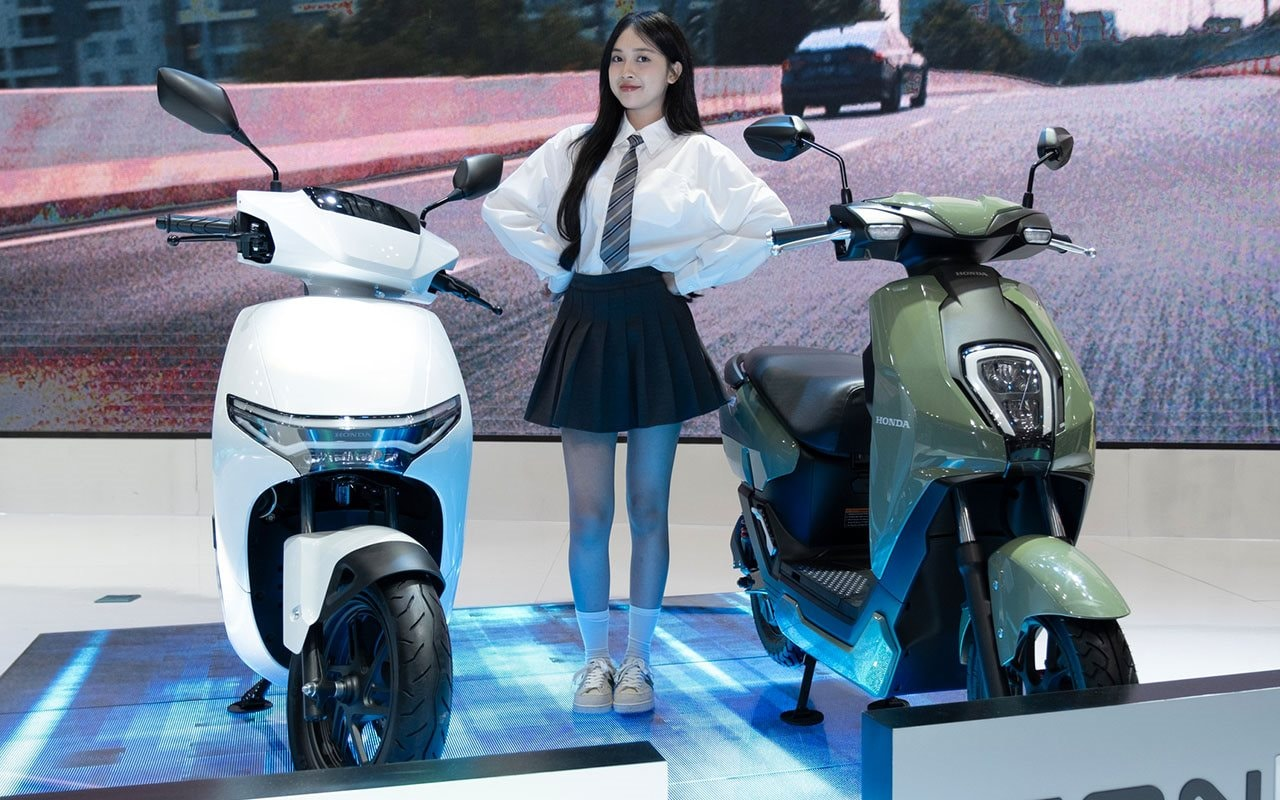
Honda introduced two electric motorcycle models to the Vietnamese market.
Apart from catering to the domestic market, Honda Vietnam also exports complete vehicles and parts to 23 other countries, positioning Vietnam as a vital link in Honda’s global supply chain.
Honda has embarked on a product electrification journey, unveiling two electric models, the ICON e: and CUV e:, alongside improvements to internal combustion engines to reduce CO₂ emissions. The goal of carbon neutrality by 2050 prompts the factories in Vinh Phuc and Ha Nam to adopt stricter energy-saving indices while maintaining tree-planting and local community support programs.

